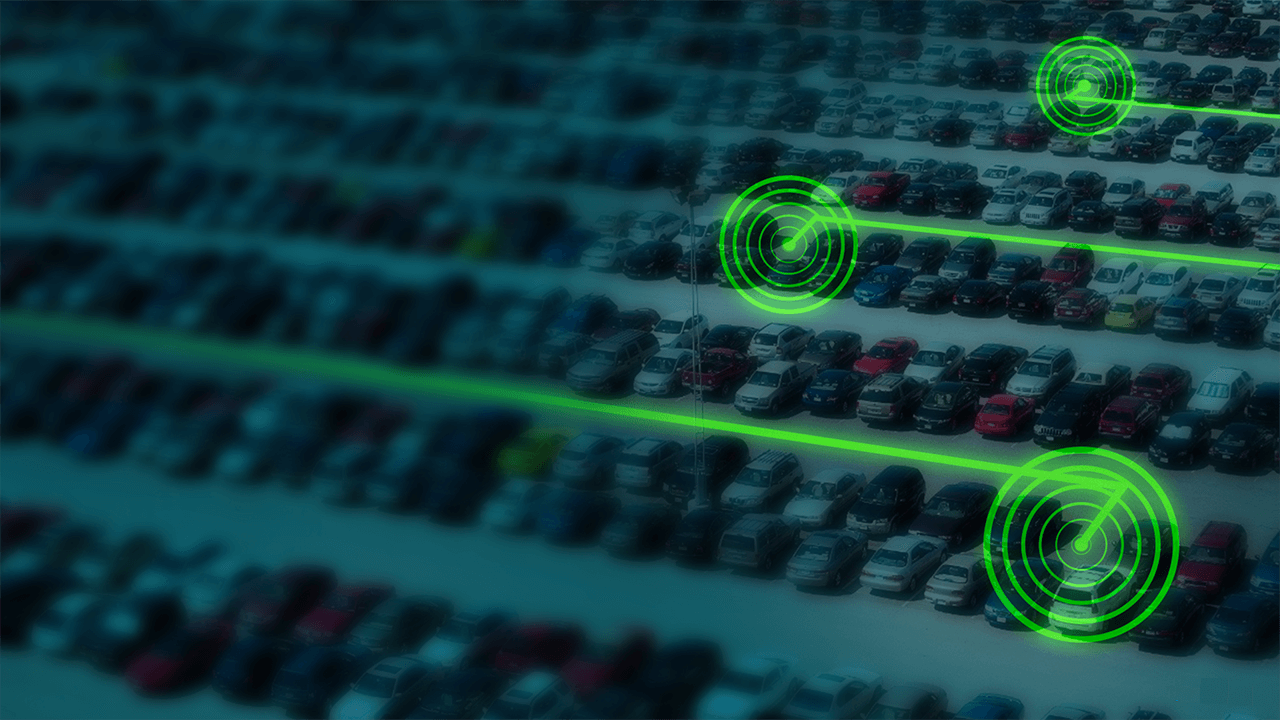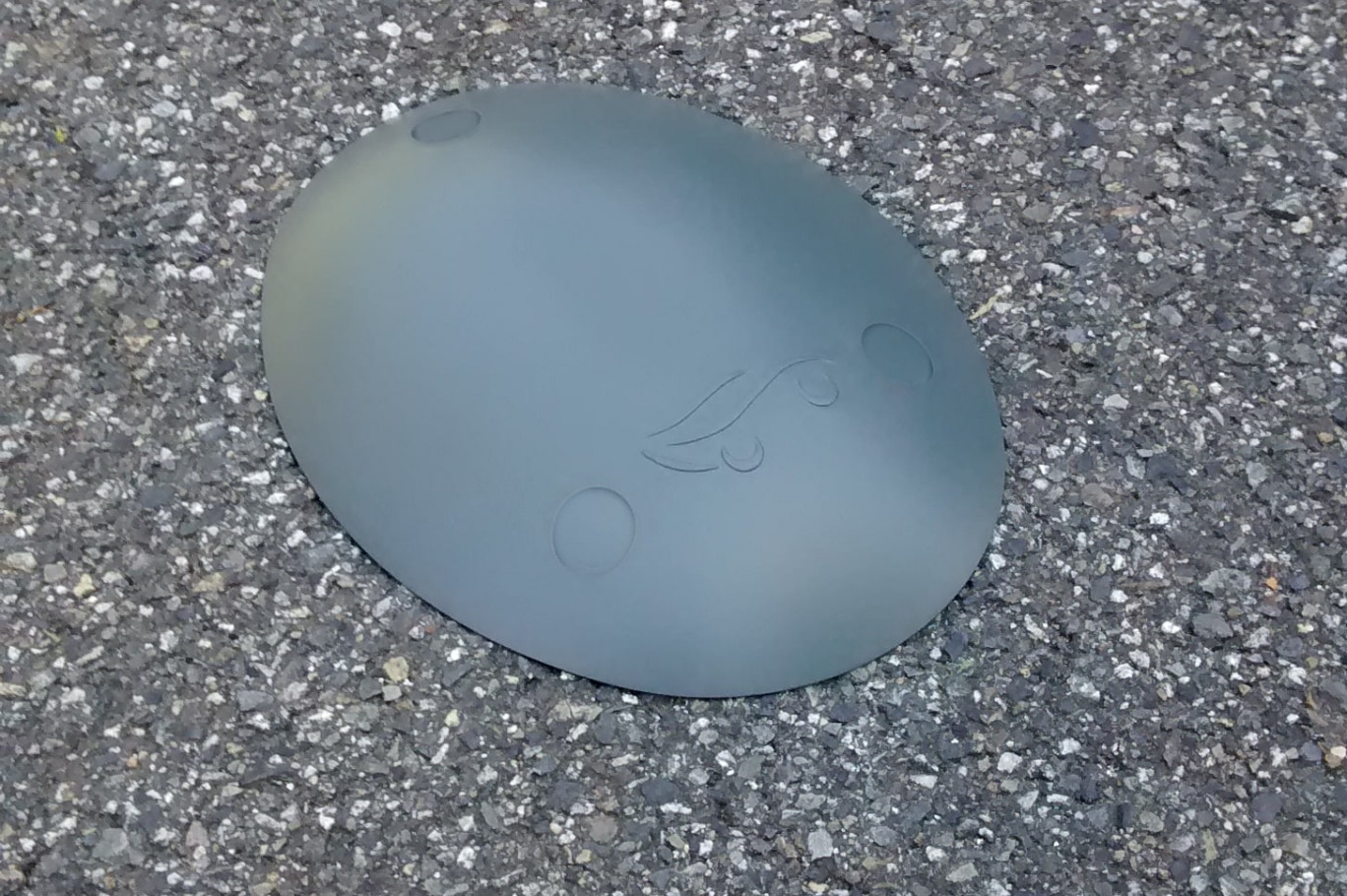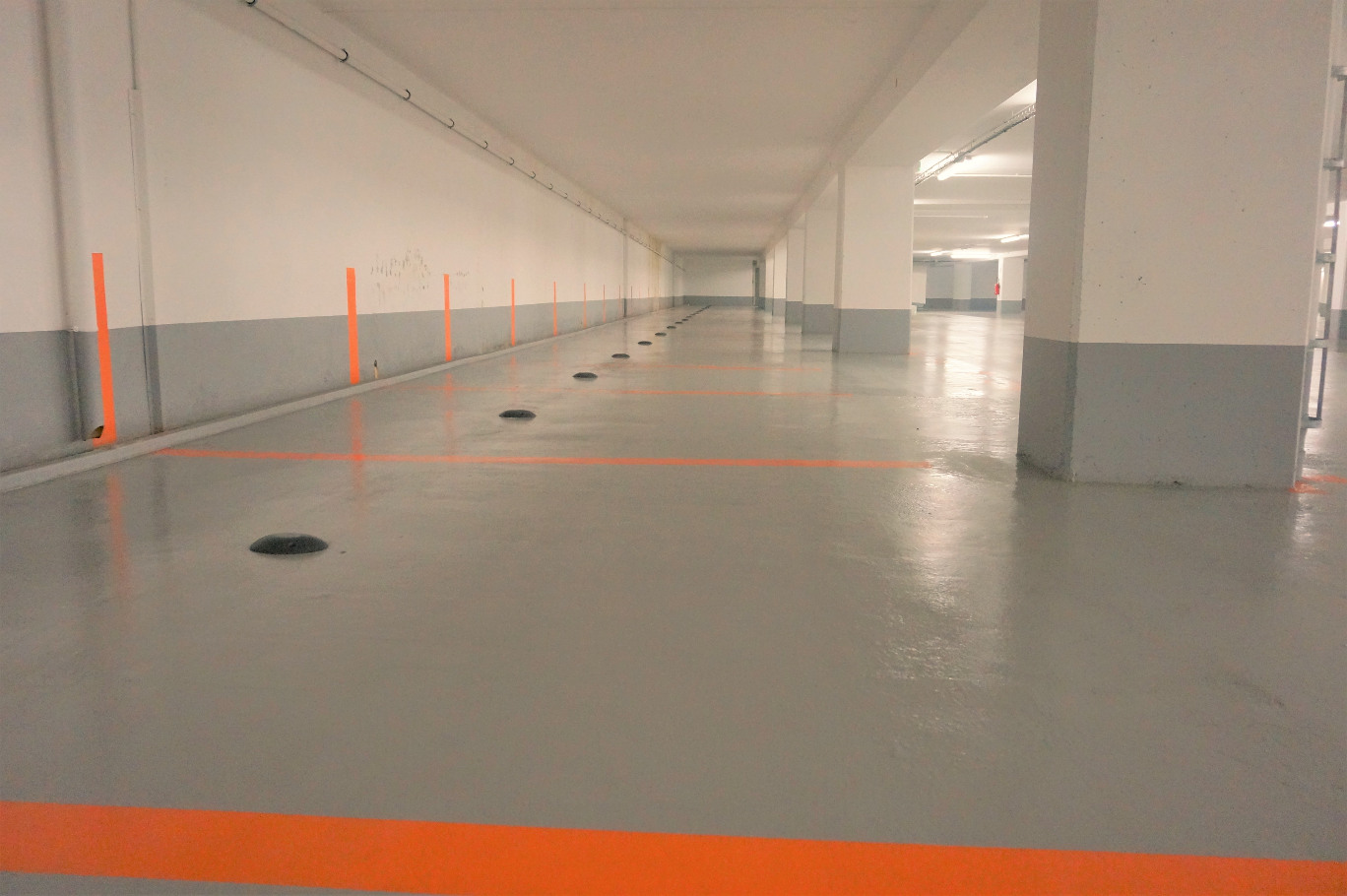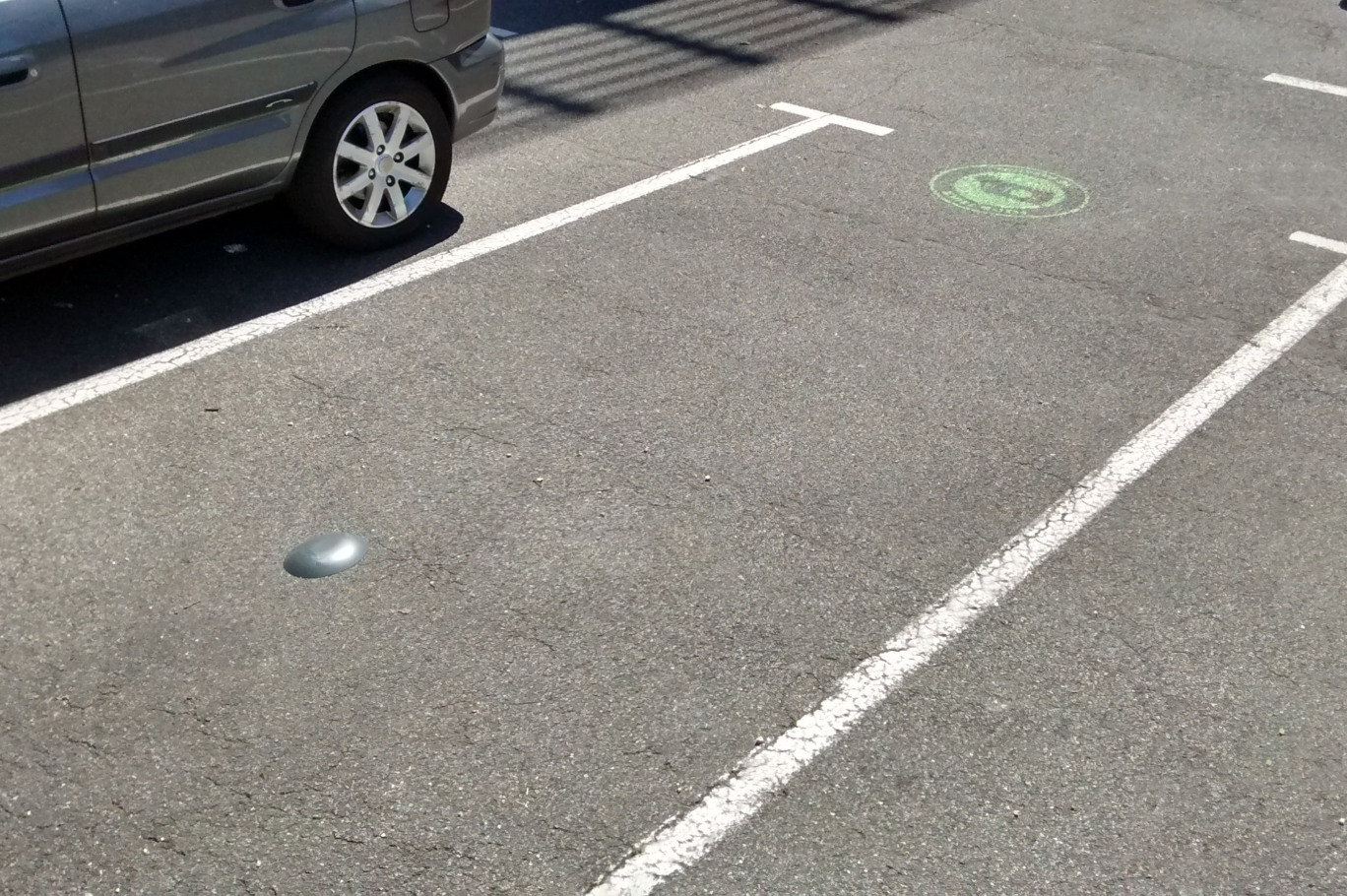IoT Smart Parking
The number of vehicles on the road is rapidly outpacing the supply of available parking spots. Parking has become a widespread issue in urban development. This problem can be mitigated by introduction of smart parking.
Task
The number of vehicles on the road is rapidly outpacing the supply of available parking spots. Parking has become a widespread issue in urban development. This problem can be mitigated by introduction of smart parking.
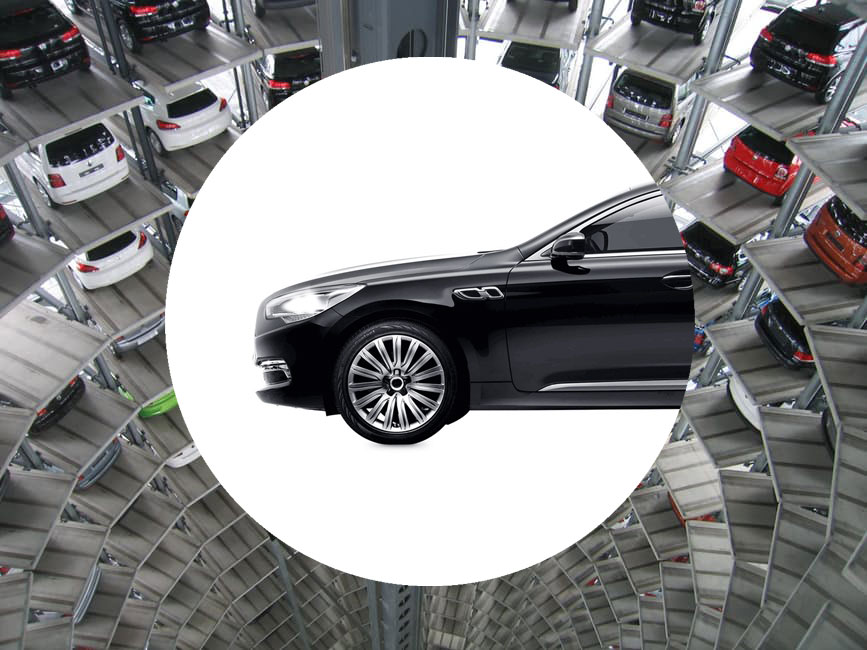
Smart parking is a practical IoT application that can dramatically improve everyone’s life.
Imagine, you arrive at your destination twenty minutes early for a very important meeting. You have plenty of time as long as you can find a place to park.
The parking lot for the building is full. You drive around desperately looking for a space on the street but do not find one. You try the underground parking lot of the building across the street. Driving in, you suddenly have to stop. There is plenty of traffic ahead of you trying to do the same thing. You attempt to call the meeting to say you will be late and there is no cell phone signal in the underground parking garage.
It takes a half-hour to find a space. When you finally arrive at the office for the meeting, you are sweating profusely and out of breath. The receptionist tells you that everybody already left. Your meeting was canceled and you have to deal with serious losses.
You are not alone. According to the government, the time wasted in traffic jams represents a cost of $578,000 (Sh58. 4 million) a day in lost productivity. That’s more than $210 million (Sh2. 1billion) a year.
Moreover, 40% of drivers surveyed said that they choose not to visit brick-n-mortar shops due to the hassle of finding a parking space.
Recent research is predicting that up to 68% of the people in the world will live in major metropolitan cities by 2050. This could have a direct impact on how car owners park in cities.
How IoT Smart Parking Works.
Our Innovative smart parking technology combined with IoT connectivity helps solve this problem. Installed IoT sensors determine where empty parking spaces are located. This IoT data is transmitted over a wireless connection to a cloud server. All the data from the parking lot is collected and analyzed in real-time to produce a map of available spaces made available to those looking for a space.
Drivers looking for a parking space can refer to the real-time smart parking map and be guided to the nearest vacant space. Advanced systems can reserve these spaces and take electronic payments from the drivers.
How IoT Sensors Detect Free Parking Space.
IoT sensors use an ultrasonic wave to detect the distance to something. Each sensor is embedded in the parking space surface and detects the distance to the undercarriage of a vehicle if the parking space is occupied.
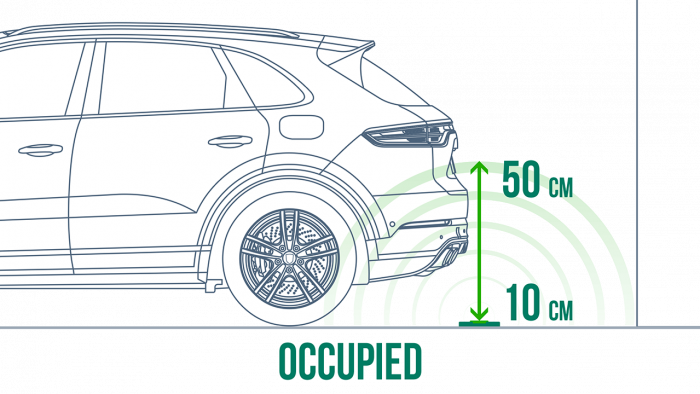
- The “occupied” range is between 10 and 50 cm.
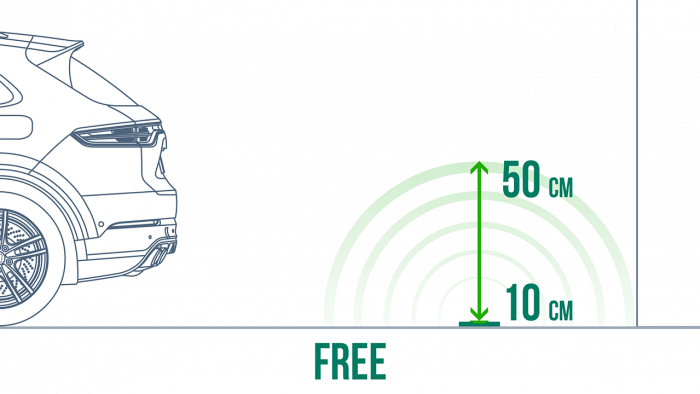
- If the sensor detects nothing up to 50 cm, the status is set to “free” and is shown to the user.
3 Possible Detection Conditions.
- Space is Occupied: Distance detected to an object by the sensor is in the range of 10 to 50 centimeters (about four to 20 inches).
- Space is Free: Distance detected to an object by the sensor is more than 50 centimeters (about 20 inches).
- Space is Dirty: Distance detected to an object by the sensor is less than 10 centimeters (about four inches).
The application shows a driver free spaces in green, occupied spaces in red, and sensor malfunctions as yellow.
IoT Based Smart Parking System Configuration.
The amount of parking spaces in a parking lot determines the software and hardware requirements for IoT configuration and system architecture. For large parking lots, it’s better to use gateway and the LPWAN protocol for the sensors.
LoRaWAN standard adoption is one of the current IoT trends and the way to increase the operating hours of an autonomous system by reducing power usage. According to the specifications of the LoRa Alliance, this reduces the need to replace the batteries. Battery life is extended up to five years before needing replacement.
Sensors for IoT Based Smart Parking.
Smart parking sensor types include ultrasonic, electromagnetic field detection, and infrared.
- Ultrasonic: The accuracy of the sensing is improved by using ultrasound for measurement detection. The disadvantage of this type of sensor is a potential blockage by dirt.
- Electromagnetic Field Detection: This sensor detects small changes in the magnetic field when metal things come close to the sensor.
- Infrared: This type of sensor measures changes in the surrounding temperature and detects motion.
Why IoT Based Smart Parking ?
Deployment of smart parking systems is expected to continue to increase because the technology is extremely useful and makes helpful improvements in daily life. The following advanced features can be added to the system to turn it into a highly multi-functional management tool.
- Parking demand management and space optimization
- Personalized parking guidance
- Parking reservation systems
- Dynamic parking prices and policy optimization
- Detection of parking zones, fees, and overstay violations.
For large-scale parking lots, mobile application may create a mapping function overlay on top of real images captured by a smartphone. These mobile-based outdoor and indoor navigation systems can guide drivers with a virtual path to their parked cars.
Another innovation uses visual image processing to capture the license number of a vehicle to recognize it with the help of Optical Character Recognition technology. Then, it automatically opens the gate to the parking lot and the system guides the driver to a suitable parking space.
The future seems to be quite promising for smart parking systems. Technologies lying behind this solution are IoT, Artificial Intelligence, Machine Learning, Augmented Reality–the same ones that are driving digital transformation for businesses under the “Industry 4.0” term. Leveraging these innovations, Parking 4.0 will increase parking systems efficiency by solving urbanization challenges.
The number of vehicles on the road is rapidly outpacing the supply of available parking spots. Parking has become a widespread issue in urban development.
This problem can be mitigated by introduction of smart parking. Smart parking aims to help individually match drivers to parking spots, improve parking space utilization, reduce management costs, and alleviate traffic congestion.
We’re a team of engineers who are excited about solving the impossible and helping your businesses achieve the next big leap in growth by leveraging IoT technologies to serve your business and mission needs.


